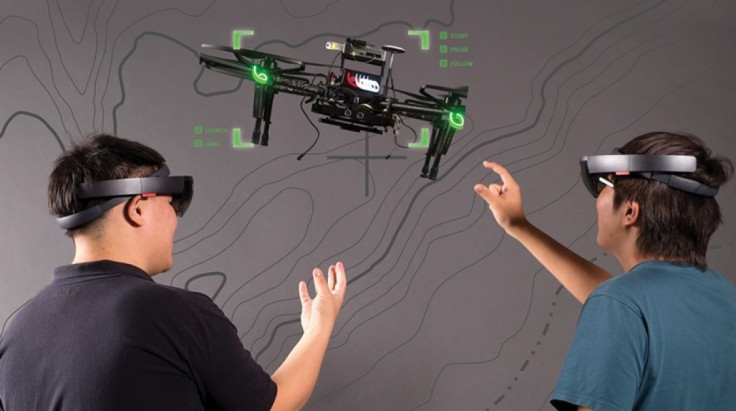Augmented Reality News: Robot Controlling Technology Is On The Horizon

Professors at the University of California, Berkeley have fully immersed themselves and their students into the world of virtual and augmented reality. The group is currently working to develop ISAACS (Immersive Semi-Autonomous Area Command System), a software which will help humans discover a robot’s intentions.
“If there’s a robot over there - scary or not - you look at this robot and have no idea what this robot is trying to do. You have no idea what this robot can do,” said Dr. Allen Yang, executive director for the Center for Augmented Cognition at UC Berkeley in an interview. ISAACS will be accessible via AR headsets and has the capability of determining a robots intentions just by looking at it.
A feature of ISAACS will even give humans the ability to control the robot's next move. However, Yang believes this feature is still a ways out due to safety concerns. If a human can understand the intentions of a robot, will a robot be able to read a human? Humans can put themselves in danger by not understanding how to interact with robots and Yang hopes to include information about this in the ISAACS software.
The UC Berkeley AR and VR programs began two years ago, and already have 200 members. With the help of Immerex, a virtual reality company, Berkeley was able to further the program’s four goals of spreading VR and AR to their campus, the medical field, figuring out how to communicate/control robots and establish an open-source AR project.
Open Ark, the school’s open source project, is already producing results based on their research. Yang hopes to expand Open Ark beyond Berkeley. He wants companies and other universities to have access to it in an effort to further the technology at an even faster pace.
Students of the UC Berkeley program are also focusing on advancing the medical field with the use of virtual and augmented reality, according to Wareable. A group from Ohio State University has already experimented with the use of virtual reality for aspiring medical students. However, Yang wants to take it a step further and develop a platform for mental health doctors as well as dentists. He aims to learn if virtual reality can assist doctors and surgeons with patients recovery times and the rehab process.
Virtual and augmented reality are still trying to find their niche. Both came on the market with the purpose of furthering the gaming industry, but have quickly found its way into the hands of medical professionals and television companies. Goldman Sachs predicts the virtual and augmented reality market to be $80 billion by 2025. Its ability to be adapted and applied to several markets will help it become a norm in society.
© Copyright IBTimes 2025. All rights reserved.



















